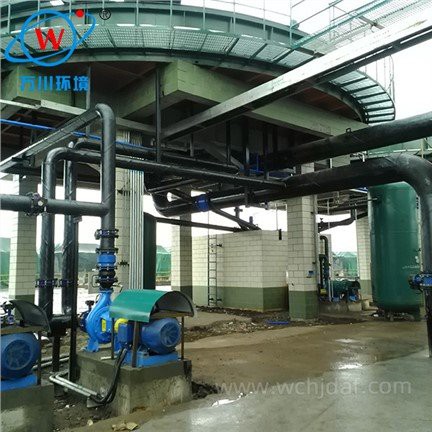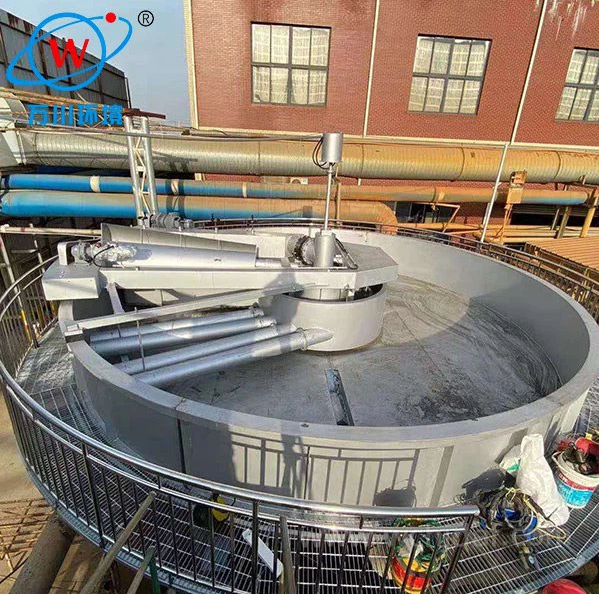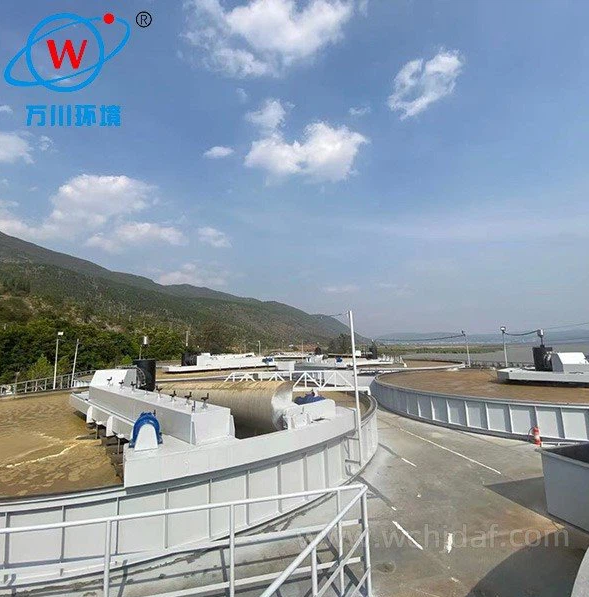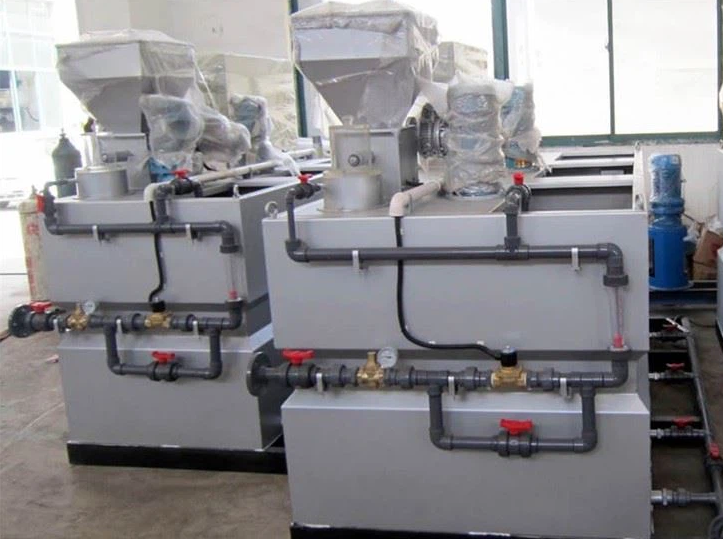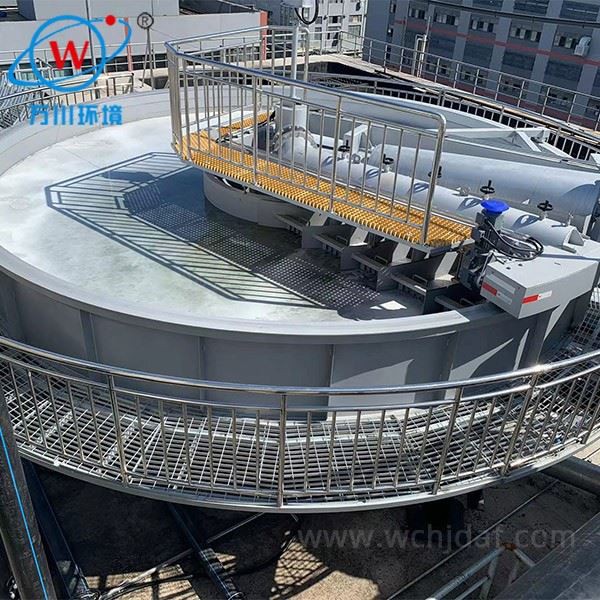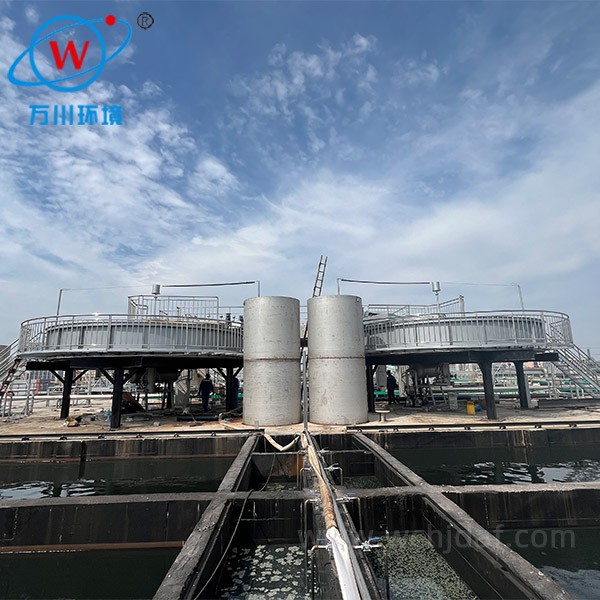Pressurised Dissolved Air Flotation (DAF) Efficiency Factors
The treatment efficiency of Pressurised DAF is influenced by multiple interconnected factors
Water Quality Characteristics
The nature of contaminants in the water—such as the size, density, and surface charge of suspended solids, oils, or organic matter—directly impacts separation effectiveness.
- Fine, low-density particles may struggle to attach to air bubbles if their surface charge is incompatible
- pH level affects both contaminant stability and bubble formation
- Extreme pH values can disrupt the interaction between bubbles and pollutants
- High concentrations of dissolved substances may interfere with air solubility
For instance, fine, low-density particles may struggle to attach to air bubbles if their surface charge is incompatible, reducing removal rates.
Equipment Operating Parameters
Pressure levels in the dissolving tank determine how much air can be dissolved into the water.
Pressure Considerations
Insufficient pressure leads to fewer bubbles, while excessive pressure may cause bubble coalescence that reduces contact with contaminants.
Flow Rate Importance
Too high a flow rate can disrupt the calm separation zone, preventing bubbles and pollutants from rising to the surface effectively.
Bubble Quality
Systems that produce uniform, small bubbles provide more surface area for contaminant attachment, enhancing efficiency.
Chemical Selection & Dosage
The selection and dosage of chemical coagulants and flocculants significantly affect DAF efficiency.
Coagulants Function
Coagulants neutralize the surface charge of contaminants, allowing them to clump together into larger flocs.
Flocculants Role
Flocculants help these flocs grow to sizes that easily attach to air bubbles.
Dosage Considerations
Using inappropriate type of coagulant or incorrect dosage can drastically reduce treatment results.
Important: Compatibility between chemicals and water temperature is also important; some coagulants perform poorly in extremely cold or hot water.
Operation & Maintenance
Regular operation and maintenance practices influence long-term DAF efficiency.
- Accumulation of sludge in the DAF tank can disrupt water flow and bubble distribution
- Clogged bubble diffusers reduce separation effectiveness over time
- Neglecting to clean filters or maintain air compressors may lead to inconsistent air supply
- Operator training impacts efficiency—improper adjustment of parameters prevents optimal operation
Consistent monitoring of water quality and timely adjustments to operating conditions are essential for sustaining high treatment efficiency.

